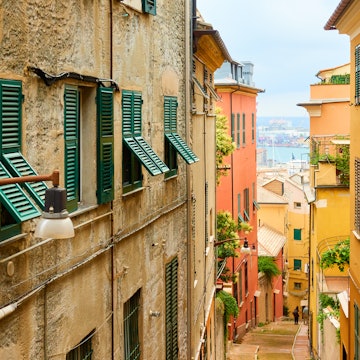
Explore the 7 islands of Sicily’s idyllic Aeolian archipelago

Jul 29, 2025 • 7 min read
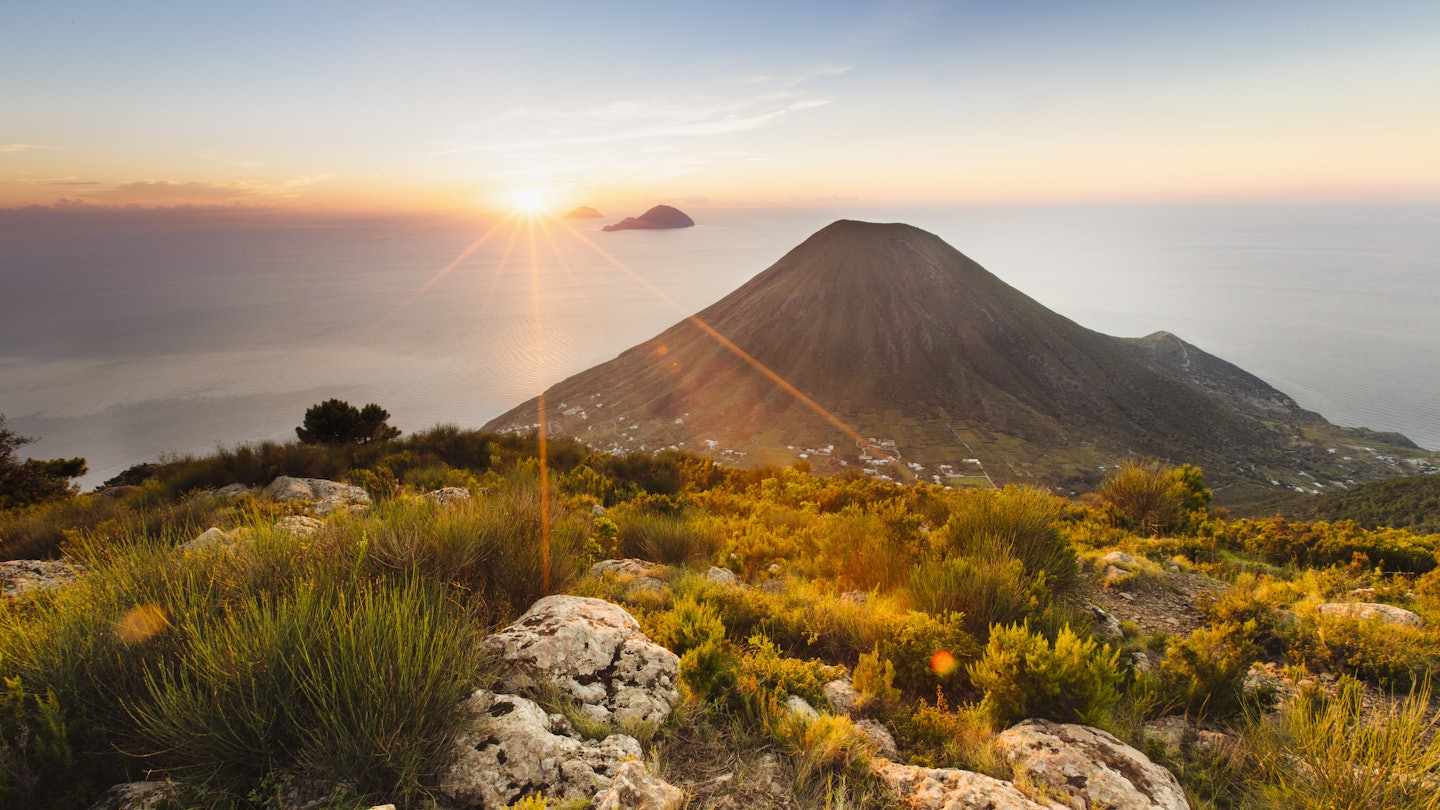
Sunset over Salina in Sicily's Aeolian archipelago. Adrienne Pitts/Lonely Planet
Rising from blue seas off Sicily’s northeastern coast, the Aeolian Islands are a slice of paradise. Think relaxation, outdoor fun and restorative exploration in pristine nature.
Boats yo-yo from Milazzo to this seven-island archipelago year-round, but it’s June to September when visitors flock to this prized part of Sicily – a UNESCO World Heritage site since 2000 – in droves. With its gin-clear waters, whitewashed villages and honey-sweet wine, life doesn’t get much sweeter.
Pick the right place for you, or visit them all, with our guide to the archipelago and what to expect on each island.
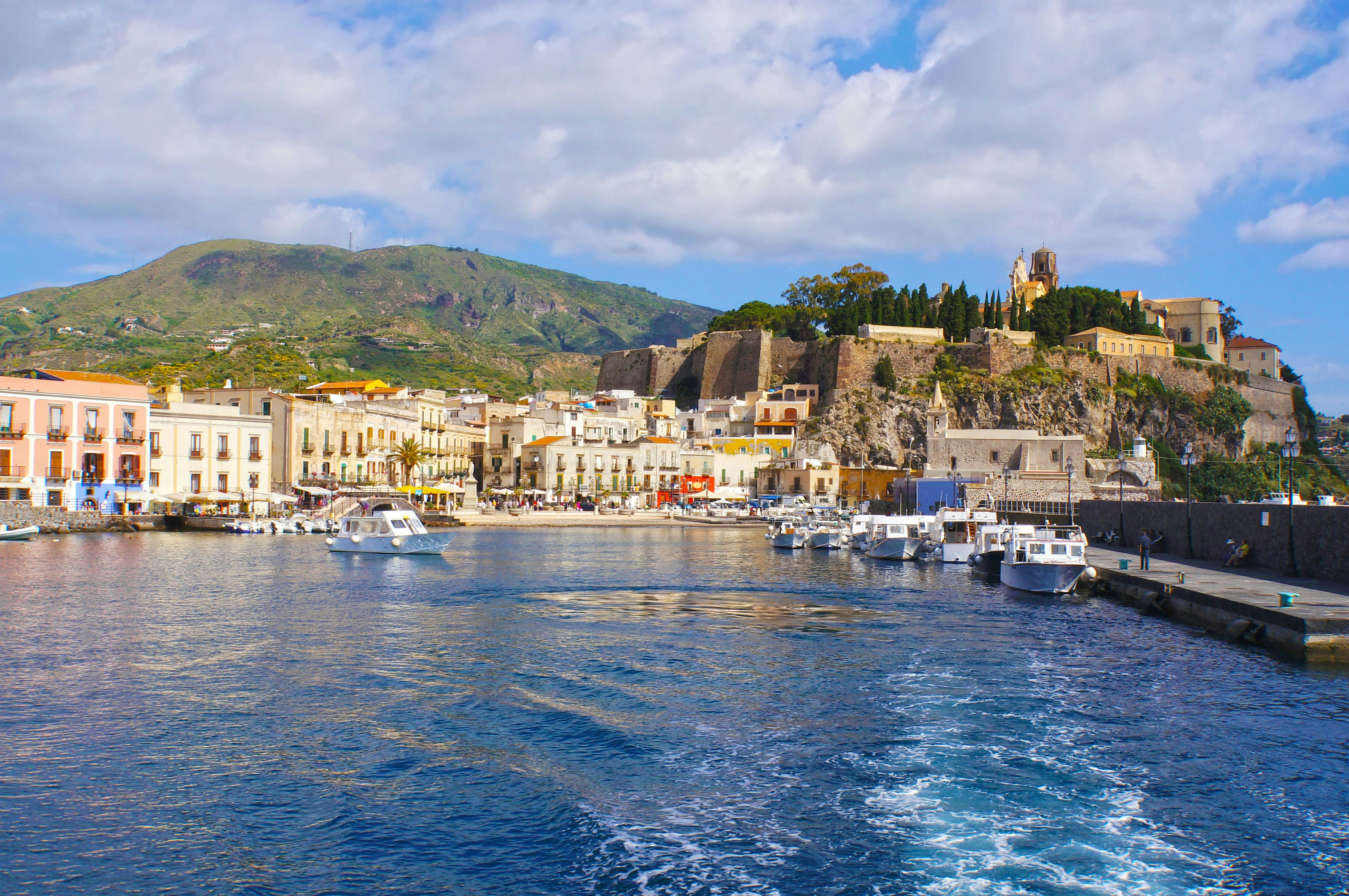
Lipari
Explore the ancient citadel and wild shoreline
Start your adventure in Lipari, the most populous of the Aeolian Islands. For first-time visitors stepping off the boat from the Sicilian "mainland" in bijou port Marina Lunga (not to be confused with Marina Corta, Lipari’s even weenier historic port), is a relaxing introduction to island life. Its pastel-colored waterfront and car-free main street belies its standing as the archipelago’s transport hub. A dozen volcanoes sculpted the island’s highlands, cliffs and Mediterranean macchia (scrubland). Many islanders mete out a living selling pumice stones and jewelry embedded with glassy deep-black obsidian extracted from ancient volcanic deposits on the island’s northeastern coast. The beaches here are pebble.
Cradled by cliffs and sun-spangled emerald waters, Spiaggia Valle Muria on Lipari’s southwestern shore is a dramatically beautiful swimming and sunbathing spot. Around 5pm when the beach crowd rolls back into town and shops reopen after the lunchtime siesta, join the crowds on main pedestrian thoroughfare Corso Vittorio Emanuele II for a traditional passeggiata (early evening stroll). Cafe terraces buzz with holidaymakers sipping spritz and spooning a mulberry granita, and locals chat over coffee and dolci at 1930s Pasticceria Subba. Be tempted by buckets of salt-preserved capperi (capers) and cucunci (caper flowers) inside vintage grocery-deli Fratelli Laise alongside shelves of sweet malvasia wines, grappa and Aeolian limoncello.
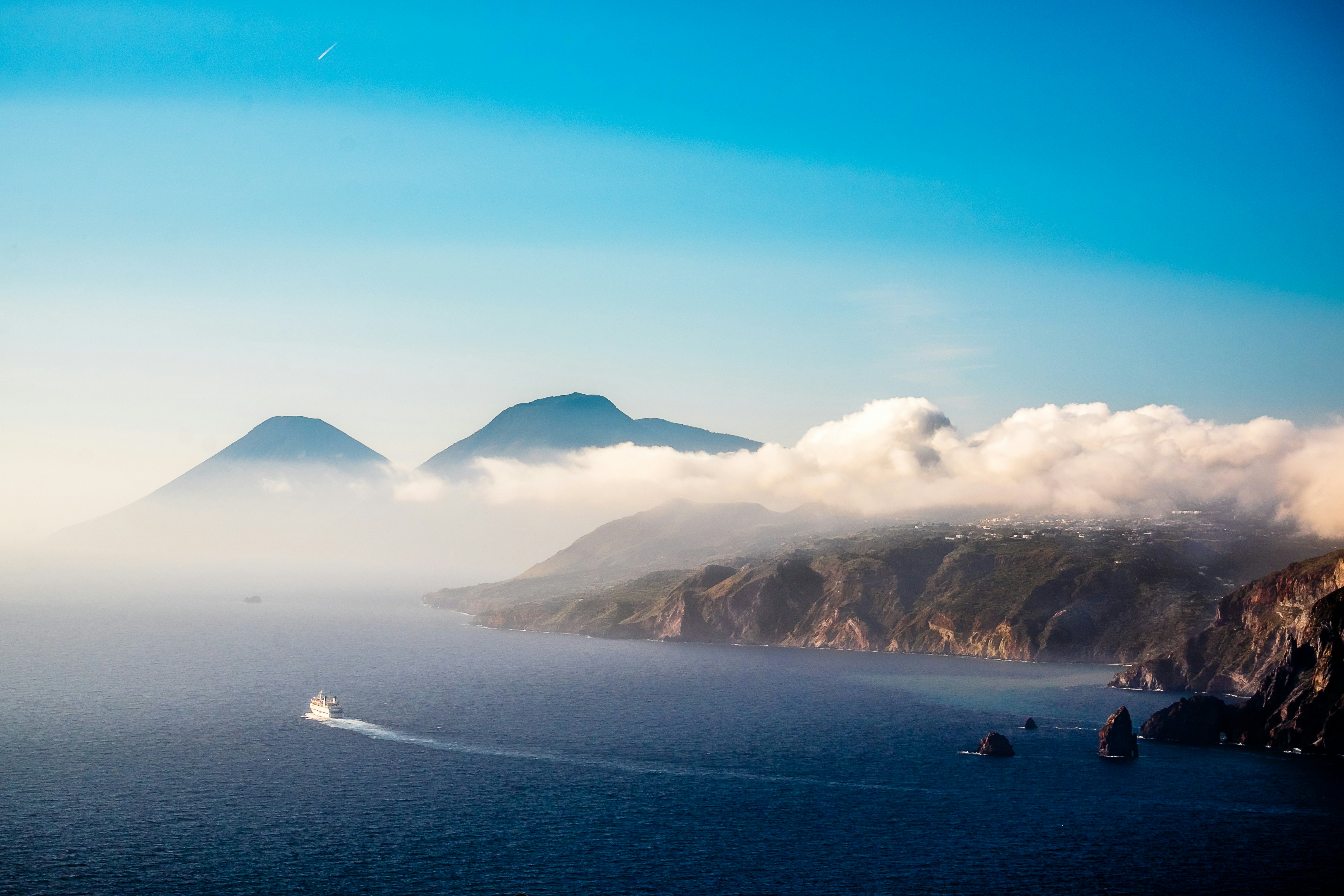
Vulcano
Climb the crater, kayak the coast and take a mudbath
Stepping off the hydrofoil at the tiny port, head south along the waterfront, past touts selling island tours by minibus and boat tours, and turn right along Via Provinciale to rent wheels at Luigi Rent; expect to pay from €10/49/40/80/70 per day for a bike/e-bike/50cc scooter/open car/car (US$11.50/57/46/92/81). The island is only 21 sq km (8 sq miles) but surprisingly hilly, so you’re probably best with a classic Italian, Hepburnstyle scooter, e-bike or open-sided Mini Moke. You can also rent snorkels, hiking boots and other forgotten gear, and store luggage here.
Hit the main road south, cruising sinuously uphill for 8.5km (5 miles) to Capo Grillo. The island panorama from this breathtaking viewpoint – of Lipari and Salina, with Panarea, Stromboli and Filicudi floating in the distance – is unmatched. Plunge south from here, for another 8km or so, to the minuscule hamlet of Gelso and beyond to its fishing port, safeguarded by 18th-century Chiesa di Santa Maria delle Grazie and an abandoned lighthouse.
Lunch on tuna, mussels or the morning’s catch at family-run Trattoria da Pina di Maniaci here, and enjoy a siesta and afternoon swim on Spiaggia Punta dell’Asino, a crescent of black sand. Nearby Spiaggia Cannitello is another sliver of black sand worth a dip. Come the day’s end, taste island wine with passionate winemaker and artist Giuseppe Livio at Soffio sulle Isole. A sunset aperitivo (pre-dinner drink) at this beautiful vineyard estate, or a glass of volcanic red or sweet malvasia in hand, is out of this world. From here it’s around 15 minutes by car back to the port (7km/4 miles).
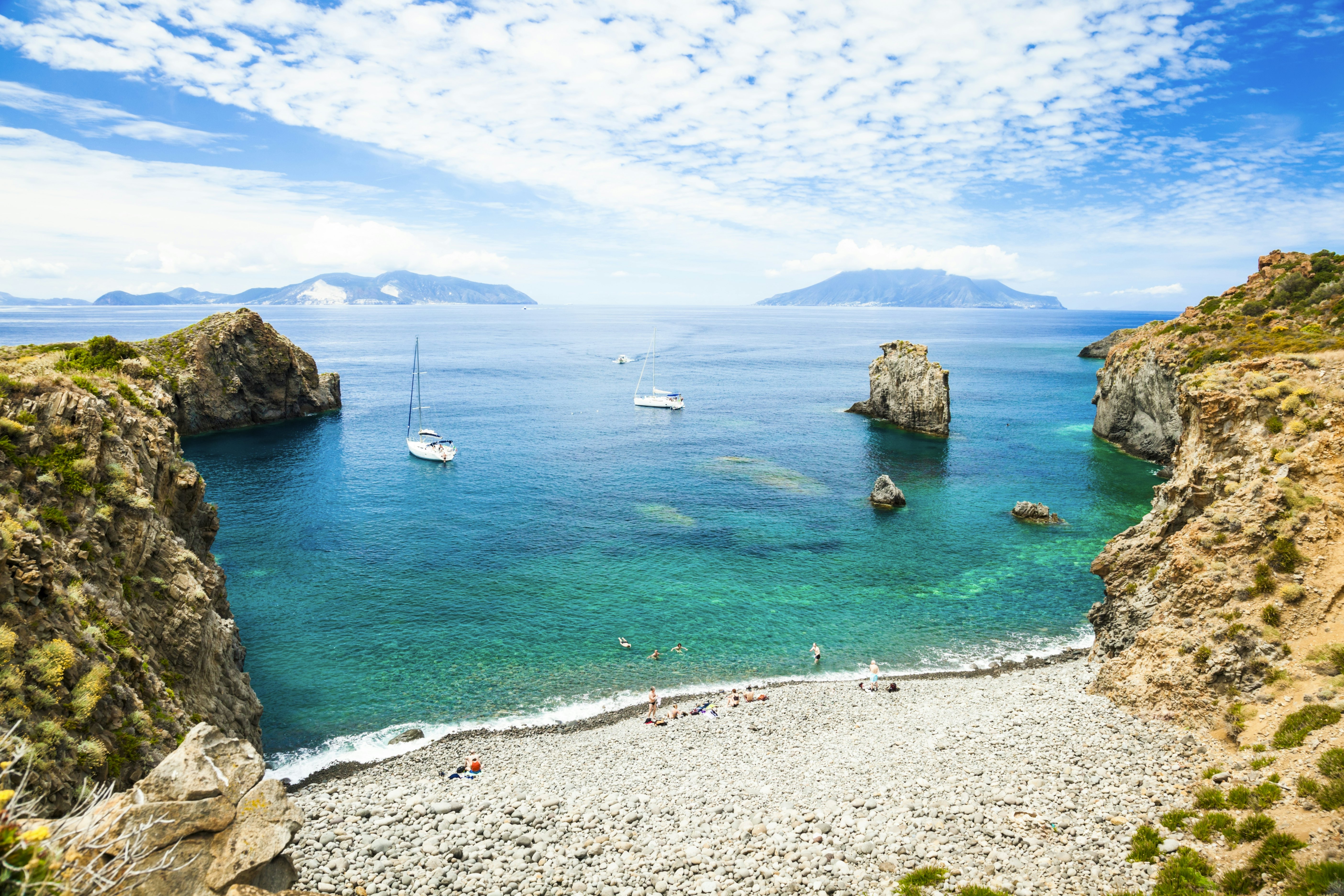
Panarea
Best for beaches and Bronze Age history
A vision of upscale Mediterranean bliss, tiny Panarea changes with the seasons. In summer, yachties pour in, golf carts zip about, and the local bars, restaurants, shops and discos do a booming business. The rest of the year things are much sleepier, and walkers have the island’s whitewashed lanes and hiking trails virtually to themselves.
A year-round highlight is the coastal stroll to Punta Milazzese, where you’ll find the spectral stone foundations of the Villaggio Preistorico, a Bronze Age settlement perched on a picturesque headland. From the ruins, descend for a swim at Cala Junco, a sheltered bay of pebbly shores and translucent turquoise waters, or spend the afternoon lounging on the sands of nearby Spiaggetta Zimmari.

Stromboli
Fall under the spell of the Aeolians’ most active volcano
Secluded at the archipelago’s eastern edge, the charismatic little island of Stromboli has been erupting non-stop throughout recorded history. Witnessing its pyrotechnics first-hand is one of the Aeolians’ peak experiences. Able-bodied adventurers can join a guided sunset ascent to the 900m (2952ft) summit to admire jets of red-orange fire spewing from Stromboli’s craters against the darkening evening sky.
Those disinclined to climb can enjoy equally dramatic views on an evening cruise along the coast to the Sciara del Fuoco, a 1km-swath (0.6 miles) of gray volcanic debris directly below the craters; boats set anchor here to watch red-hot rocks tumbling down the mountainside and crashing into the waters below.
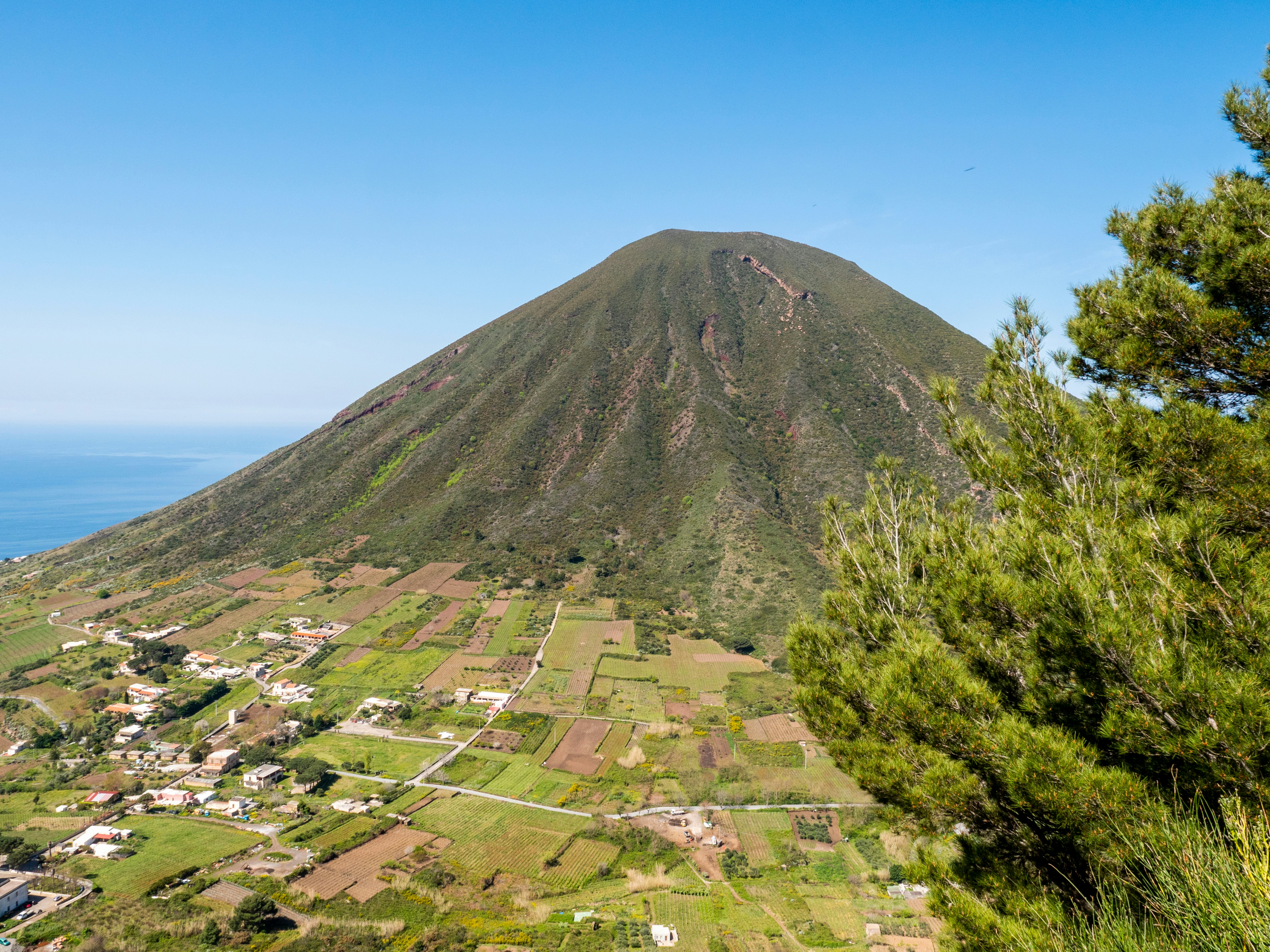
Salina
Best for wine-tasting, spa treatments and sunset views
Salina’s good fortune is its freshwater springs. It is the only Aeolian island with significant natural sources, which is why residents on this green, twin-peaked island produce top-drawer malvasia wine and the archipelago’s best capers (caper rivalry between islands is fierce). From the port at Santa Marina Salina, take the bus (€1.90/US$2.20) or walk to seaside hamlet Lingua, 3km (1.9 miles) south. Handwritten signs outside islanders’ homes advertise homegrown capers, caperoni (caper berries), curcuma (turmeric) and oregano for sale. Next to the bus stop in Lingua, look for the trailhead to the Aeolians’ highest point Monte Fossa delle Felci (962m/3156ft); count up to 2½ hours to the summit and return the same way (total walk 3–4 hours, 10.8km/6.7 miles).
Both road and trail pass the pea-green vineyards of Azienda Agricola Carlo Hauner. Call ahead to arrange a winery tour and guided tasting of its classic reds, whites and signature Malvasia delle Lipari Passito DOC with a family member. Grandfather and painter Carlo Hauner nurtured the first vines in the late 1960s and also painted the original wine-bottle labels – miniature works of art evoking traditional island architecture, the startling greens of Salina’s verdant vegetation, sea blues and sunsets. Estate-grown capers and other delicious nibbles accompany tastings – forget dinner afterwards. If you have your own wheels, catch sunset in the sleepy village of Pollara, sandwiched dramatically between sea and the steep slopes of an extinct volcanic crater on the other side of the island 15km (9 miles) west.
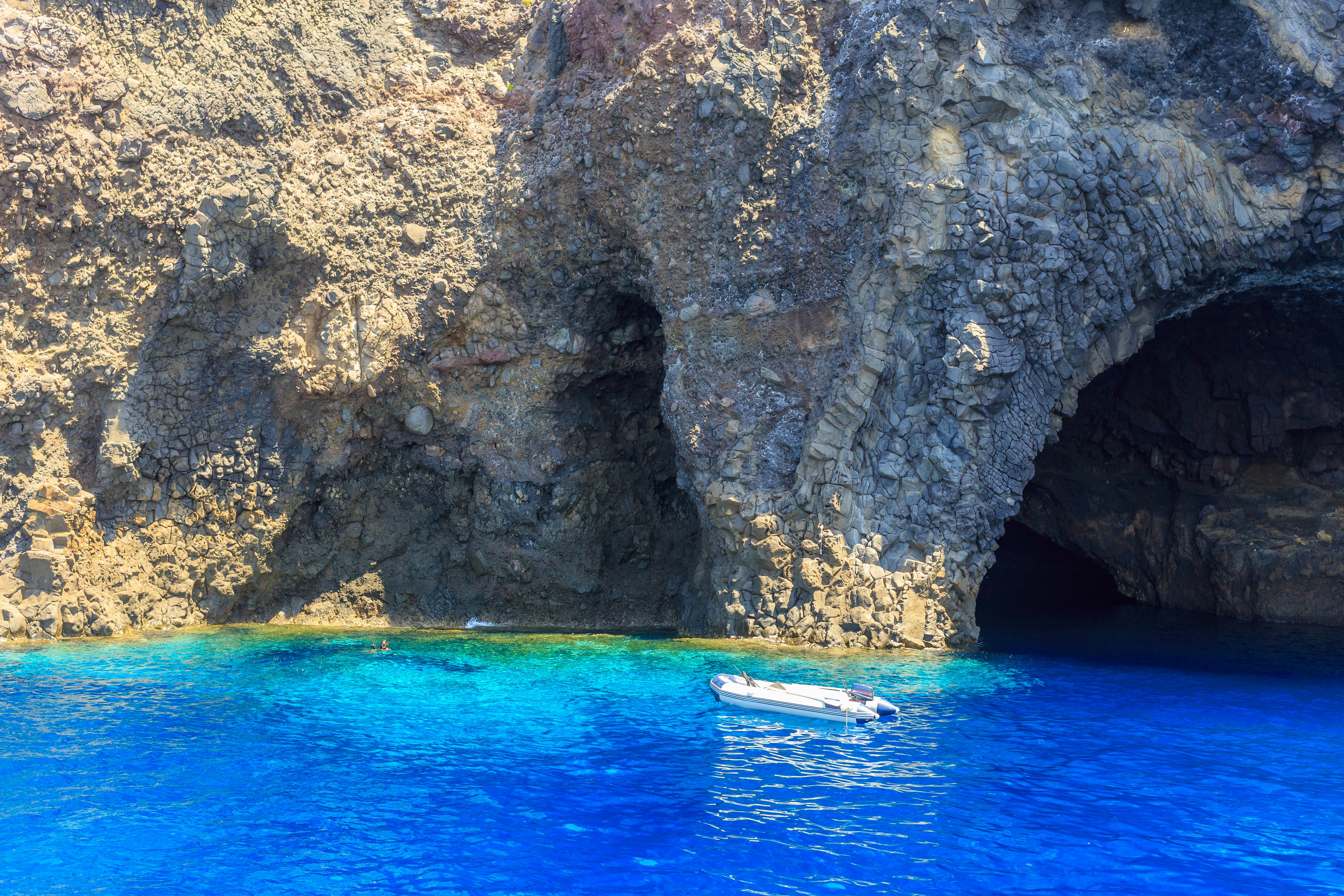
Filicudi
Explore sea caves and ancient shipwrecks
Snail-shaped Filicudi is one of the least developed and oldest islands; tectonic activity dates back 700,000 years. From its minuscule port on the southeast shore, follow the road 10 minutes uphill to Capo Graziano. At the bend, veer off left along a signposted footpath to the cape’s villaggio preistorico (prehistoric village). Another 20 minutes uphill rewards with lichen-covered stone foundations of 27 Bronze Age huts from 1700 BCE, unearthed in 1952 on the terraced hillside. Sea and island views are hypnotic. Trace the rocky path back downhill and take the fork through sun-blazed scrub to Spiaggia del Porto, Filicudi’s only real beach with big smooth pebbles that are highly challenging for sunbathers.
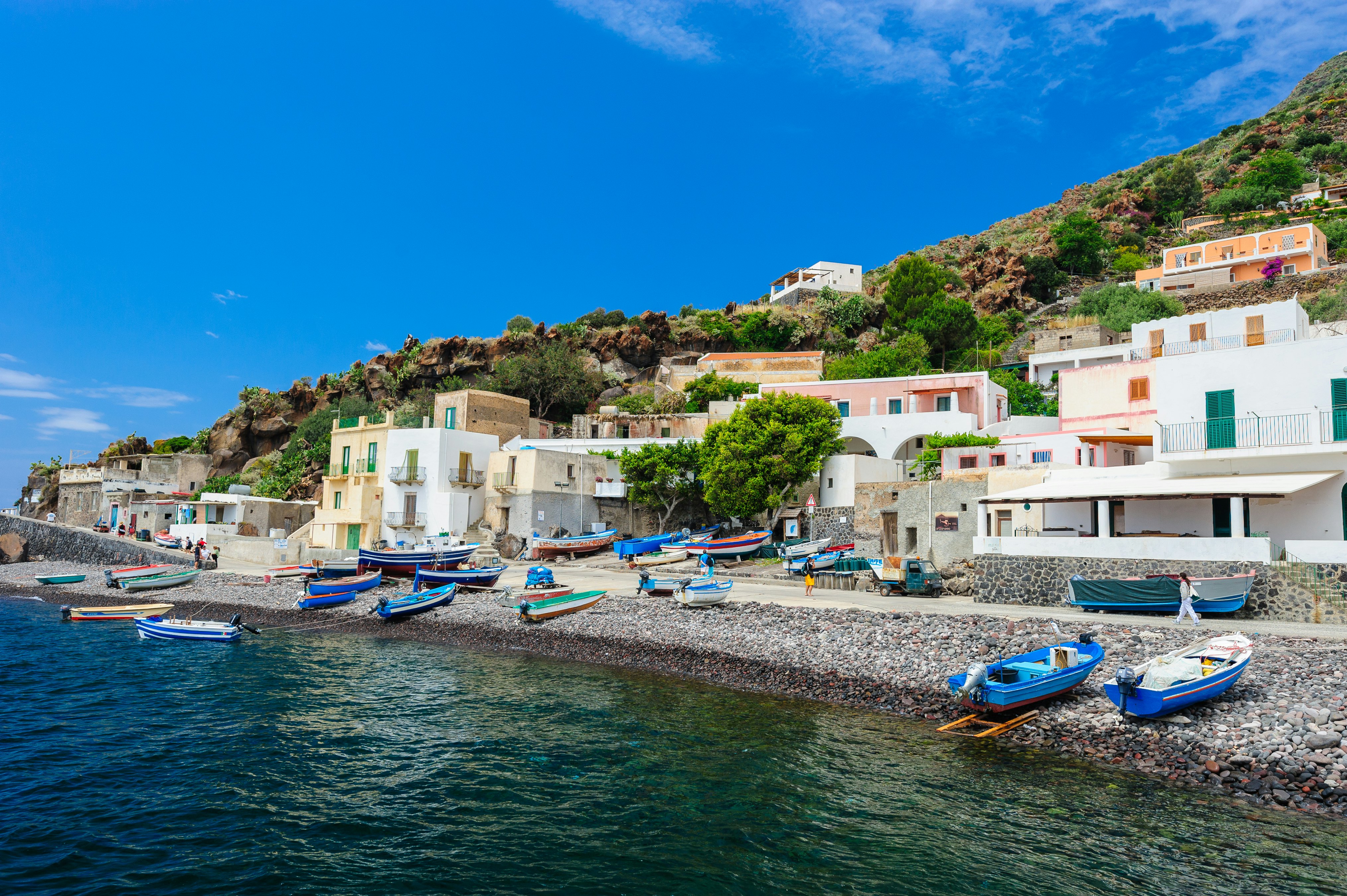
Alicudi
Best for laid-back Mediterranean living
Magical and mesmerizing, the Aeolians’ second-smallest island feels like a mischievous afterthought on the map. As isolated a place as you’ll find in the entire Mediterranean basin, the 5.2 sq km (2 sq miles) island has no roads – just a relentless succession of time-wizened, volcanic-stone steps staggering mercilessly up to its single, central peak, Monte Montagnola (675m/2214ft). This is the kind of place where you have to ask around for rooms or a boat taxi, where you whittle away hours watching fishers unload and clean fish. Old-timer mules and wheelbarrows are the only means of transport and lugging stuff around. Bartolo (340 9828648) has a donkey and lifetime of island stories to share.
Stepping off the hydrofoil at the sleepy port, simply head uphill. Count 2 hours along the Filo dell’Arpa trail of steps to summit Monte Montagnola; Chiesa di San Bartolo marks the hike’s midpoint. At the T-intersection up top where the trail dead-ends at a stone wall, turn left to circle the crater of the extinct volcano or right to continue to cliffs encrusting Alicudi’s western shore. Near the summit look for Timpone delle Femmine, huge fissures where women took refuge during pirate raids. Back down at the port, cool off in the crystal-clear sea – from the pebble beach by the hydrofoil dock or rocks immediately south. Come sundown, enjoy aperitivo al tramonto (early-evening drinks at sea) with boat captain Salvatore (327 1780631 or 342 1350725).







